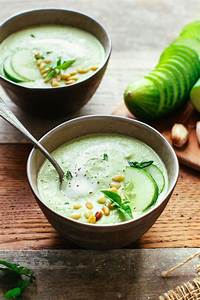Blair Cuneo, PA-C
I think about many things this time of the year with seasons changing and holidays approaching. As a functional medicine provider, I consider how changing landscapes not only affect my patient’s physical health, but also their emotional health. This landscape or “environment” of less direct sunlight, more time indoors, increased celebratory food and drink and increased holiday stress has a major impact on mental health for many of us.
Our relationship with food is complex, as is our body’s response to our culinary selections. We hope that our bodies can effectively digest food and absorb its nutritious content, but how do we know if it doesn’t? We hope the foods we are eating are contributing to healthy neurotransmitter production, healthy immune system messaging, but what does it feel like if that’s not the case?
You’d think that your stomach would definitely let you know if any of the above was amiss, but consider this: approximately 30% of us will have a gastrointestinal/gut symptom if there are imbalances in digestion or immune activation, while the majority of us will have a “beyond the gut” symptom first, such as headaches, mood changes, sleep disruptions, fatigue and pain. Thus, the majority of people may not be thinking of a direct relationship between green bean casserole and their anxious or sad days.
Several things need to happen when we eat a meal. First, we need to be in a “rest and digest” state. This signals to the body it’s time to produce digestive acids, enzymes and bile to sterilize the food, break it down and absorb it well. Next, we need healthy proteins that can be broken down by these digestive supports to become the basic amino acids that our body will use as the building blocks to create neurotransmitters like dopamine and serotonin. Neurotransmitters are signaling molecules, providing communication between nerves. The balance of neurotransmitter production, absorption and clearance, affects mental and physical health. Further, this building of neurotransmitters requires cofactors of several micronutrients like zinc, vitamin B6, magnesium and vitamin D.
To cap things off, there can be immune system reactions to foods, allergies and/or sensitivities that are contributing to inflammatory messaging that starts in the gut, but travels “beyond the gut”, affecting our emotional state.
In my practice, I regularly see low levels these cofactors, low levels of digestive enzymes and gastric acid, high stress and of course, the daily challenge in regularly making healthy eating and drinking choices.
In order for a body and mind to be healthy, each of these areas needs to be considered, evaluated and addressed.
While there are objective tests available for providers to check your nutrient and digestive status, there are also excellent lifestyle supports to begin making a shift in your wellness today.
-Eat at regular intervals. It is less stressful for the body when it knows it can count on you to feed it. This also helps the timing of the digestive acids/enzymes release where there are patterns in meal timing.
-Whole foods. Limit processed foods. Head to the refrigerator, before you head to the pantry. Each meal should contain a protein, small amount of fat, and colorful fruits and vegetables.
-Mindful eating, not distracted eating. Try to avoid multitasking while eating. As often as you can, eat at a table, focused on your food and the company that you share. Look, smell, taste and chew well! Even the process of chewing is signaling release of enzymes.
-Connect with your healthcare provider to review your micronutrient and vitamin status. You might discuss multivitamin, magnesium and/or zinc supports and also test your vitamin D to help assign dosing recommendations.
Remember, Food can be medicine! Make sure you use it wisely!
Your Partner in Health!

Blair Cuneo, PA-C























